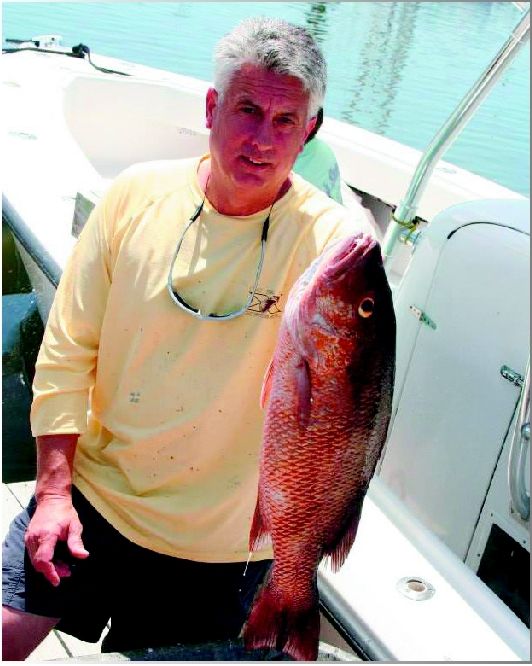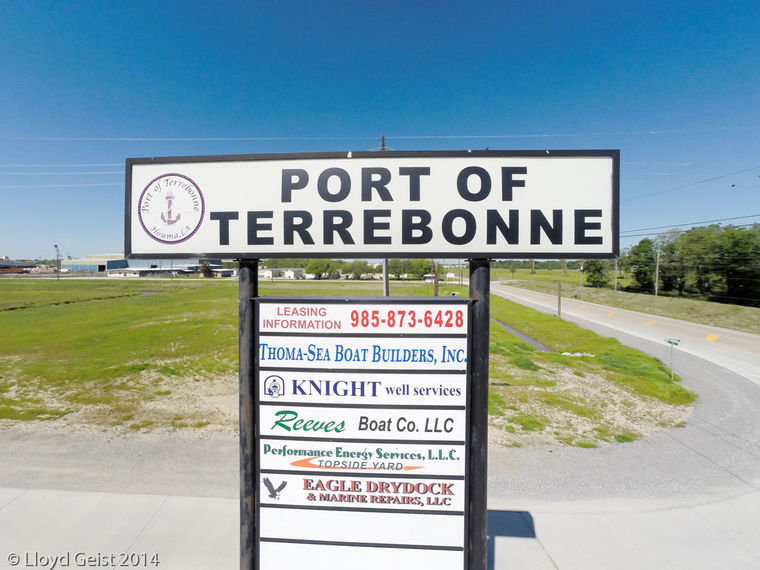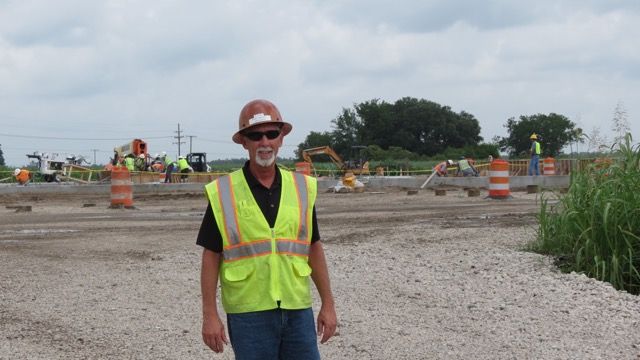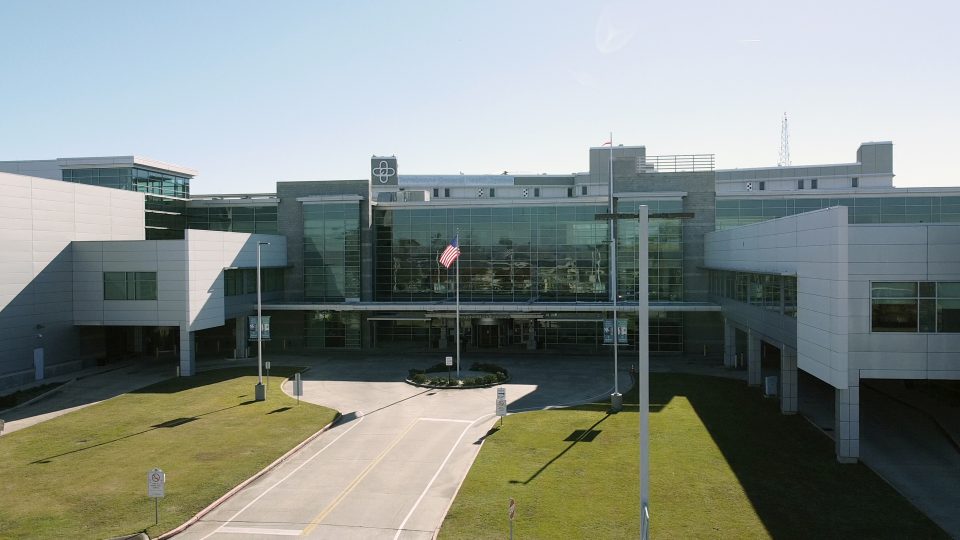
Golden Meadow-Fourchon Tarpon Rodeo succeeds in rebranding
July 8, 2015
Breaking: Port of Terrebonne loses appeal in case
July 8, 2015Soon the familiar sight and smell of large mounds of bagasse will disappear in Raceland, and the sugar left in the sugar cane residue may show up in some everyday products.
A new plant, being built across from Raceland Raw Sugars, will take what the sugar mill piles up and extract the sugar Xylose, and sell it to other companies that will convert it to xylitol, a main ingredient in products like chewing gum or mouthwash.
Once it is operational in May or June of next year, the Stora Enso demonstration plant will work its way through the piles of bagasse and use up the excess created by the sugar mill every year, according to Robert Jansen, the chief technical officer of Stora Enso Danville (earlier Virdia). “And they make a lot each year, and there’s already a lot here,” he added, pointing to the piles of bagasse along La. Highway 182.
“If you look on the label of ingredients on some packages of chewing gum, one of the main ingredients is xylitol; a sweetener that gives your mouth that cool and refreshing feeling.” Jansen also said that xylitol can be used in diabetic applications. “It’s a product that is anti-cavity and helps keep teeth rebuilt. Dentists love it.”
The business of the sugar mill will not change. “We’re not their competition. We’ll just be upgrading their leftovers in that we’ll be using all their excess bagasse. What they produce is sucrose, a c12 sugar. Xylose is a c5 sugar.”
Raceland was chosen as the location for this plant, according to Jansen, because of the large surplus of bagasse produced there and the availability of land close to the sugar mill. The owners of Raceland Raw Sugars have been “extremely good to work with, and they own other sugar mills in the state; so there are ways for us all to grow together,” he said.
“To have a business that will come in and use something that we produce is also a huge benefit. Although seeing those big mounds of bagasse disappear over time will take some getting used to,” Archie P. Chaisson III, Lafourche Parish administrator, said.
The company building the plant is a part of Virdia Inc. which is a wholly owned subsidiary of the international company, Stora Enso, a Finnish-Swedish company known for paper, pulp, packaging and wood products. Company spokesperson Kirsi Seppalainen said, “The company’s history actually goes back 900 years, and it is, according to our knowledge, the oldest established and still existing company is the world.” It owns mills in South America, Europe and Asia, but Virdia is the company’s only operation in the United States.
There is the possibility, Seppalainen noted, that Virdia technology also could be used in any one of the company’s locations worldwide. At the moment in the company’s pulp mills, they burn all non-cellulose material as fuel.
Jansen leads the team overseeing the construction of the new facility, which includes construction manager Gerry Dyer, who is on-site overseeing things like the pouring of concrete, which took place last week. It will take about 40 people to run the plant and Carey Buckles has been hired as the plant manager. Most of the people were recruited locally and most are now learning the process at a prototype facility in Virginia. By the time they return to Louisiana to man the plant, they will have had up to a year’s worth of training, “good training,” Jansen said.
In a few months, Jansen said a partner plant, one that will use the leftovers created by his company, will also come to Raceland. That partner plant will take Virdia’s leftovers and make other products, like maybe biofuels.
Although he couldn’t name the partner company, Jansen said “they’re just a few months behind us. It wouldn’t make any sense for them to build first, because they wouldn’t have any raw material.” Eventually, he said, there might be a whole industrial complex in Raceland, all benefiting from the land and location near the sugar mill.
Steven Grissom, secretary of Louisiana Economic Development, said “this project also brings important product innovation activity to the state. This biochemical processing plant, over time, will produce high-quality jobs for the Bayou Region with an average salary of $55,000, plus benefits.” The state supported the startup of the plant by assisting them with recruiting, hiring and orienting employees, Grissom said.
Gerry Dyer, project/construction manager, stands before the construction site on the day concrete was poured.








